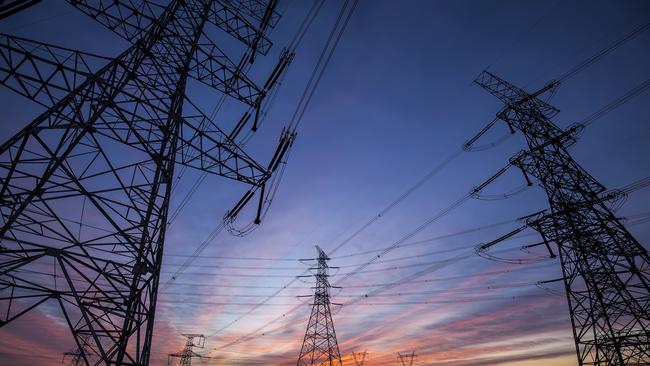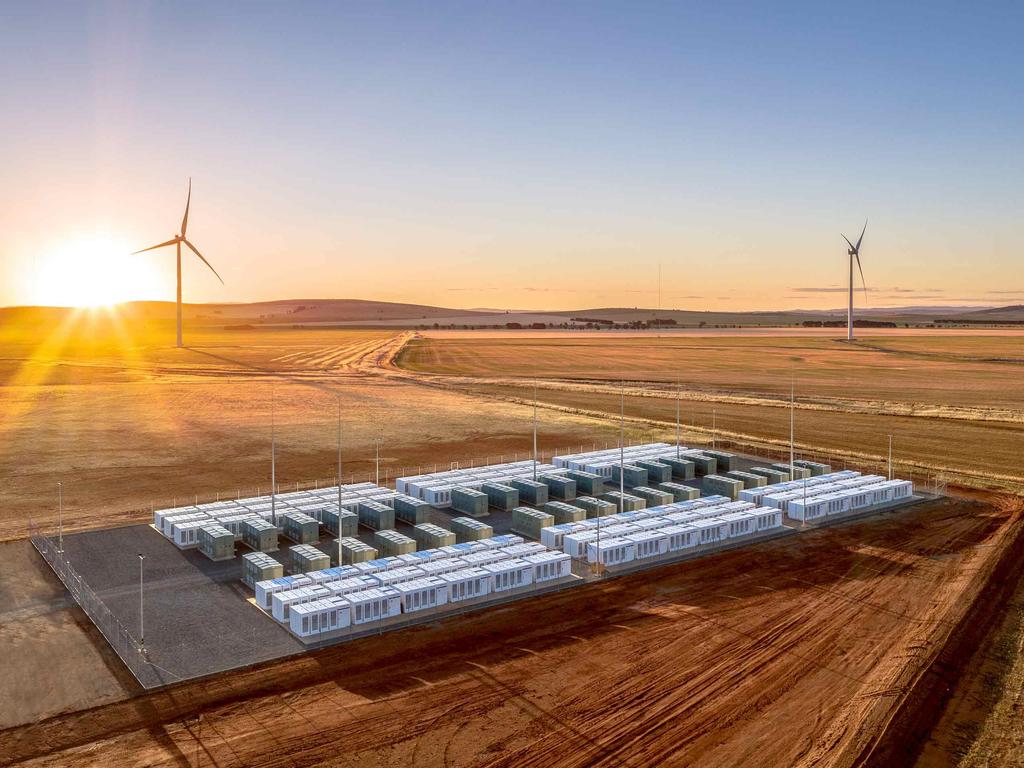Energy players warn of ‘grid gap’ in trend towards renewables
A string of major power players have singled out concerns over infrastructure as a major issue that needs to be confronted by industry.

Renewable developers and network operators have warned a pipeline of power generation and clean energy supplies faces delays or gridlock unless major electricity transmission projects are delivered across the national power system.
After Snowy Hydro cautioned on Wednesday the lack of transmission could kill the transition to renewables, a string of major players have weighed into the debate and singled out concerns over infrastructure as a major issue that needs to be confronted by industry, policymakers and energy ministers to ensure supplies can flow to users.
Energy Networks Australia, whose members supply the nation’s 16m electricity and gas connections, said there were fears that transmission would fail to keep up with the rapid change in the power grid. Nearly half of the current capacity of the power grid, some 22 gigawatts of coal generation, would close by 2040 requiring 51GW of solar and wind and 15GW of storage to be added in its place, estimates show.
“We’re moving now to a world where if things go well you can build some of these renewable investments – from go to whoa – in under a couple of years versus a regulatory framework for transmission where you’re talking five plus years minimum. And those two are clearly not aligning very well and so there needs to be a focus on how do you get some of those regulatory pieces working,” ENA chief executive Andrew Dillon said.
Snowy Hydro is worried whether there will be enough transmission in place to transport power from Snowy 2.0 to market. That includes TransGrid’s proposed Hume Link to southern NSW and the southern transmission link to Melbourne called VNI West.
NSW Energy Minister Matt Kean, spearheading the state’s own renewable plan, said he was also focused on ensuring enough transmission is in place as part of its energy blueprint.
“Transmission is fundamental to building a modern grid and while the existing rules have served us well for small upgrades over the past years, they are no longer fit for purpose for the big transmission projects which we know we’re going to need,” Mr Kean told an electricity forum on Wednesday. “That’s why under the roadmap, we created a bespoke regime that gets the renewable energy zone transmission built on time.”
French energy giant EDF Renewables, building wind and battery projects in Australia, said the industry needed to unite to ensure generation was delivered to users efficiently.
“We need to ensure further investment in new build renewable generation required to replace coal-fired generation as it progressively retires, likely far earlier than originally expected. New transmission infrastructure is essential to this,” EDF Renewables country manager for Australia, Dave Johnson said.
“Building the new transmission Australia needs is a challenge we need to face and finding the right way to plan, finance and build the network of the future will be essential to the energy transition.”
Australian wind farm developer WestWind Energy said the grid had been set up around coal and needed to pivot to soak up a larger number of projects supplying different types of clean energy.
“Our electricity transmission system hasn’t been built for renewables – it’s a transmission system designed around large, centralised coal, gas and hydro generators,” WestWind managing director Toby Geiger said. “To reap the full benefits from Australia’s abundant renewable energy resources we need the transmission system to be expanded into areas with good renewable energy resources, and do that with a sense of urgency.”




To join the conversation, please log in. Don't have an account? Register
Join the conversation, you are commenting as Logout